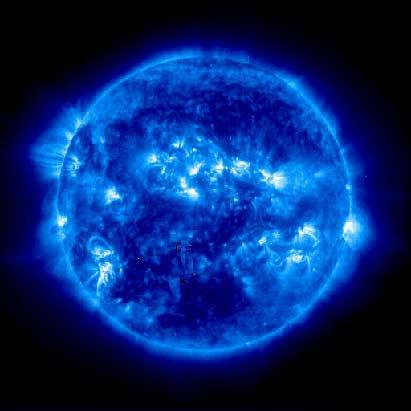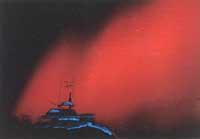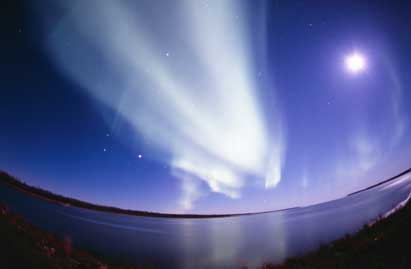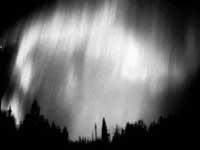Solar games XII. century
2001/07/18 Elhuyar Zientzia

Sunspots
are blacks that appear on the surface of the Sun. These regions are colder than others and we see them darker from Earth. The English chronicler John de Worcester received in his astronomical chronicle the first image of a sunspot and researchers from Durham and Wrawick Universities have related it to an aurora view in Korea.
All this in 1128, about 500 years before the invention of the telescope. John's chronicle of Worcester begins in remote times and ends in 1140. It includes a multitude of astronomical events such as auroras, comets, meteor showers and sun and moon eclipses. Among them are two sunspots observed from the Worcester on December 8, 1128 and a stain image along with the text, the first image of sunspots. Although 1,000 years earlier Chinese astronomers reported sunspots, the XV. No images were made until the 20th century. Or if they did, it has not been preserved.
On 13 December 1128, an aurora was observed in Korea. As recorded in the official chronicle of the Korean era, in the current city of Kaesong a red light was seen that night of 13 December.
According to researchers from the Universities of Durham and Wrawick, these two events are related to the aurora borealis that was seen on December 13 in Korea, founded by the sunspot on December 8. According to the researchers, the 5-day difference is common between spots occurring in the center of the Sun and auroras seen in relatively low latitudes.
These kinds of findings are very useful to know how the Sun's activity has historically changed. Beautiful too.

Gai honi buruzko eduki gehiago
Elhuyarrek garatutako teknologia






